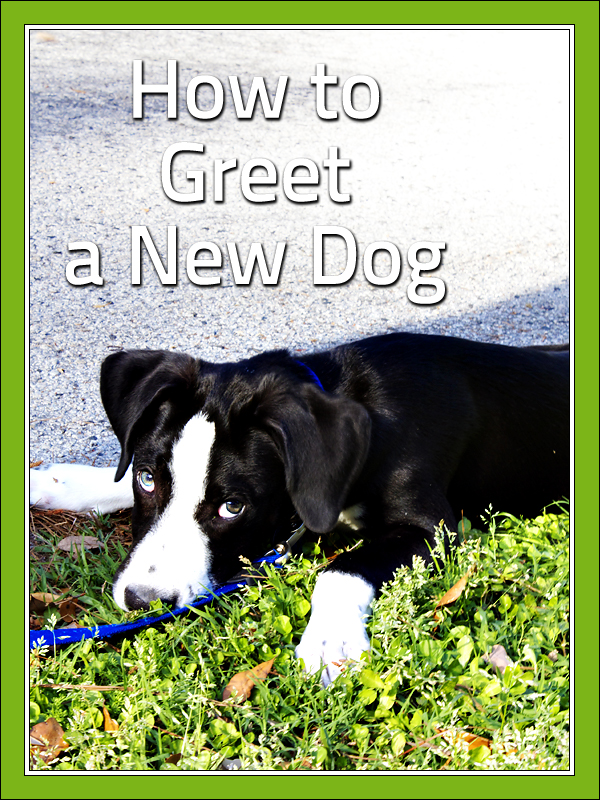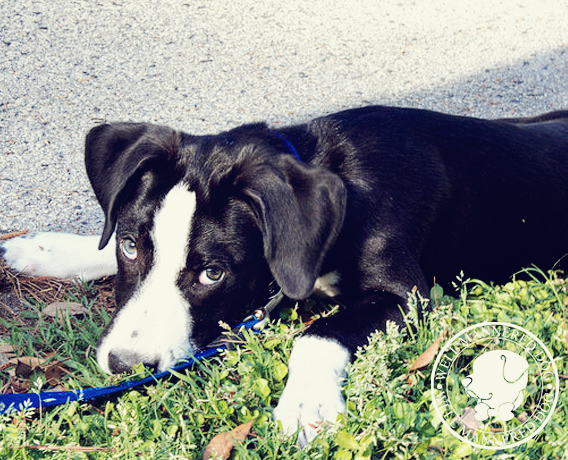
Well Mannered Dog | Charleston Dog Trainer | Charleston Dog Training
Personlized and Effective Dog Training
Pleasure to Meet You


Do you know the proper way to greet a cute new dog?
As a dog trainer, I frequently get asked what the proper way is to greet a dog. Here are some tips to help you have a healthy and happy experience by understanding the appropriate way to approach a new dog:
- Always ask an owner for permission to touch their dog prior to petting. Ask if the dog is friendly. Some dogs are not welcoming to guests. Some owners do not like their dog to interact with others. You do not want to risk your personal safety or reward them for a behavior their owner dislikes.
- Watch a dog’s body language. If their hair stands up, if they stop moving or wagging their tail, if they hold their breath, if they crouch down to the ground, or if they begin barking or lunging, simply do not touch them. They may be nervous, insecure or unsure and are better left alone.
- The tail is deceiving. Never judge a dog by its tail. A wagging tail is not always a happy sign. It is better to watch a dog’s eyes or ears or overall body posture.
- Never run up to a stray dog and pet them. You do not know how this dog responds to people, if the dog is injured, or if the dog is otherwise aggressive. It is best to let the dog approach you, if you decide to interact at all.
- Let them hear and smell you prior to interacting with them directly. Stand still and put your hand out for the dog to smell. Let them get comfortable with your scents and sounds prior to actual touching.
- Do not approach the dog face-to-face. Rather, position yourself beside the dog. A face-to-face meeting can become a threat to a dog that you do not mean to make.
- Do not touch the dog if you are nervous. The dog will know and it will make them nervous as well. There is no reason to pet a dog if you do not feel comfortable.
- Do not pet a dog on the head when you first meet them. A shoulder or back pet is more appropriate. Many dogs get nervous and/or upset when they are pet on top of their heads, or when people reach over their heads to pet them.
- Do not stare a dog in the eye. While this is a show of confidence in the human world, it is a show of confrontation in the canine world. Gently look at the dogs ears, face, or chest, but try to avoid direct eye contact.
- If you become uncomfortable or are being attacked by a dog you have just met NEVER turn your back and run away. The dog will chase you. It will think you are playing a game or have become prey. Instead, remain calm, stand still until the dog goes away, guard your body with any personal items (purse, umbrella, briefcase, etc.) that you have with you.
- Do not flail your arms, scream, throw personal items, or wave your fingers at a dog. Excitement and nervousness begets excitement and nervousness. Loose and flailing items are more easily grabbed by a dog. Close your fists and hold your arms steady at your side or across your body to keep yourself in a safer situation.
- Pet the dog gently, slowly, with a flat hand, in one direction.
- When you do pet a dog you have not met before, remember tospeak slowly and quietly in sweet tones.
- Watch your children and be sure to show them the appropriate ways to meet a dog.
Remember, even if an owner says that a dog is friendly, you are a stranger to them. Earn their trust by respecting their space. This is especially true of puppies for whom everything is new, loud, and can become overwhelming. And it bares repeating, if you are uncomfortable or unsure in ANY way, simply do not pet the dog.
PREVIOUS POST: Warning! Do not Feed These!
NEXT POST: Getting Kids To Help with Dog Training
© 2013 Well Mannered Dog Training Charleston, SC
TAGS: Dog Manners, Dog Socialization